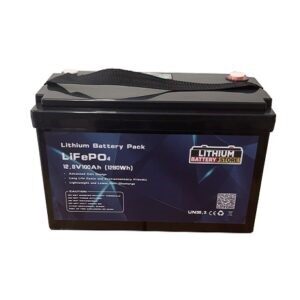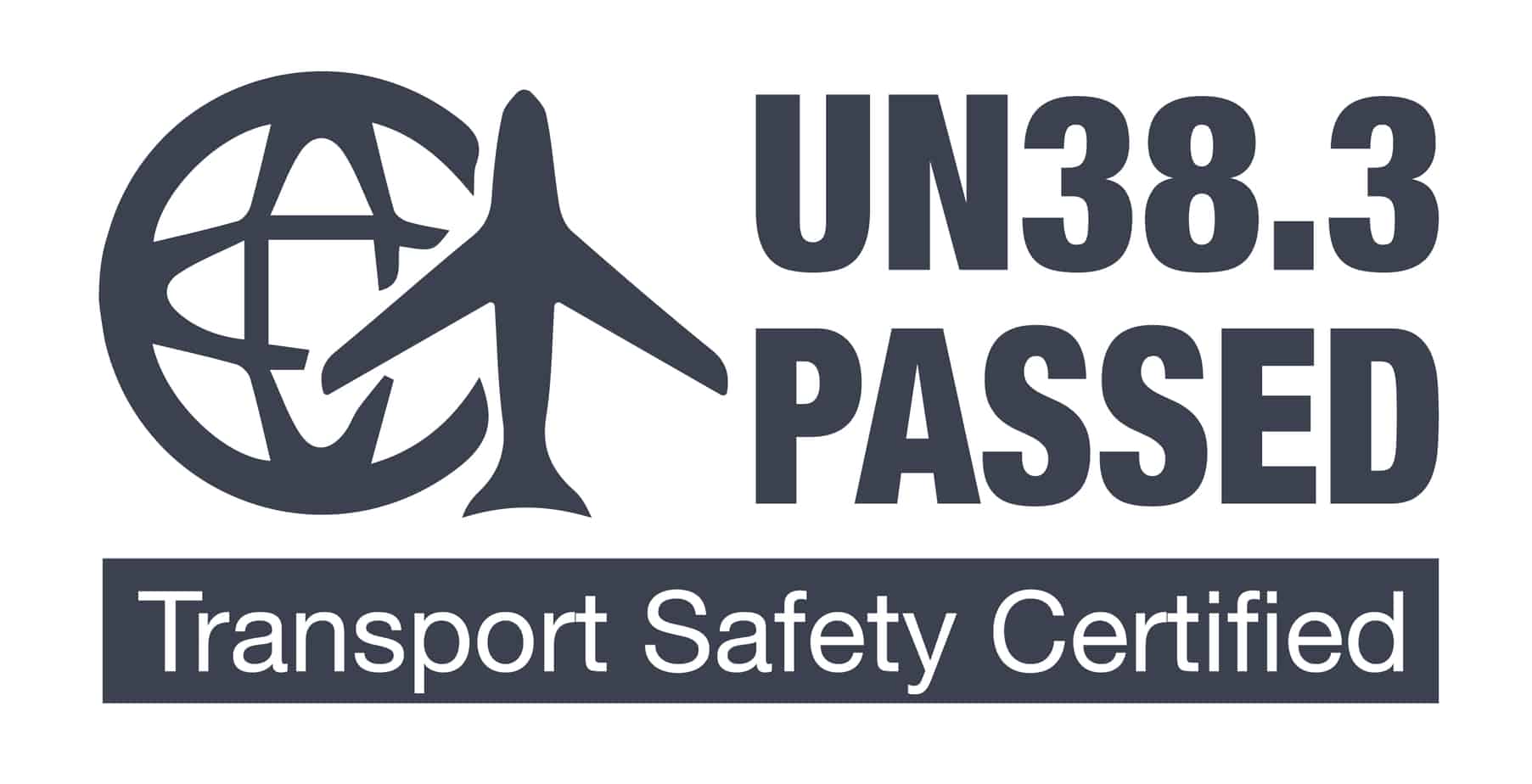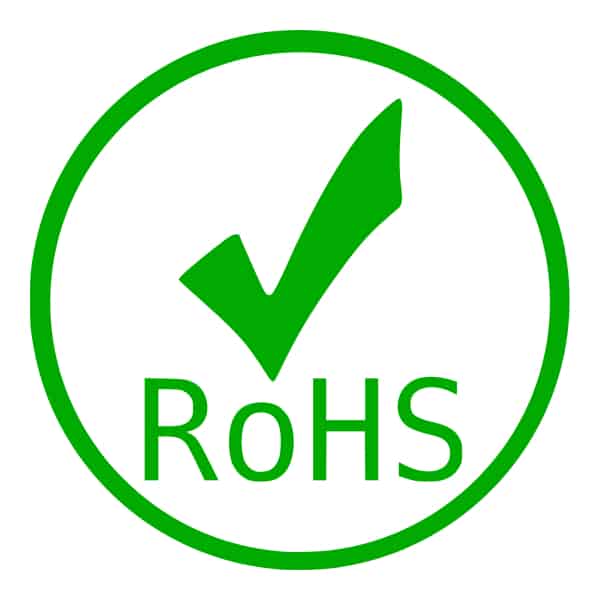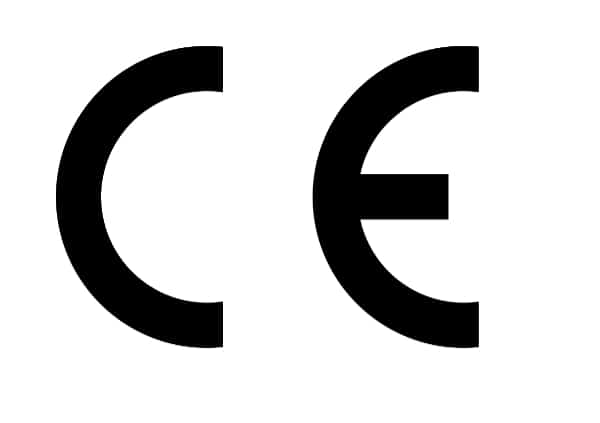Popular Lithium Marine Batteries — Things You Should Know!
If you’ve owned a boat for a few years, you’re surely no stranger to the various types of batteries they use. There are three classic options: wet cell, gel cell, and AGM, all of which fall under the lead-acid category. But lead-acid batteries are slowly becoming more unreliable when compared to their newer counterparts. Lithium marine batteries are now the best choice, and they come in various types:
- Lithium titanate
- Lithium cobalt oxide
- Lithium manganese oxide
- Lithium iron phosphate
- Lithium nickel manganese cobalt oxide
Among these options, Lithium Iron Phosphate (LiFePO4) batteries are considered the most versatile for marine use.
How lithium marine batteries stand up to other types?
Lithium batteries, when placed against lead-acid batteries, generally offer more advantages. For one thing, they can withstand almost any type of weather. This makes them perfect for even the sunniest days out at sea.
In addition, LiFePO4 batteries have an incredibly long life, lasting up to ten years longer than their lead-acid alternatives. Plus, they’re significantly more lightweight, allowing your cruiser to go faster at top performance!
How to find the ideal marine batteries for your boat?
One thing to remember is that not all LiFePO4 batteries work the same way. You’ll need to consider the type of boat you own, as well as the following features:
Battery capacity (Ah)
Input voltage (V)
Luckily, figuring these parameters out is simple. For input voltage, you’ll need to know the voltage of your trolling motor or voltage of your electric propulsion motor.
For the capacity, refer to the battery’s Ampere-hour rating, ranging from 40-140Ah. The higher the number, the longer it will last on a single charge!








